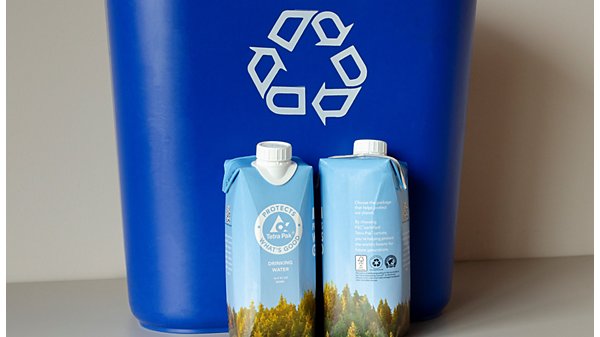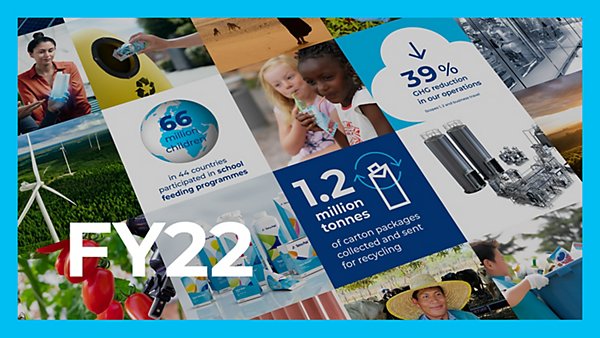The challenge
Food packaging plays an essential role in feeding people throughout the world, but when it is not collected and recycled, it can be a source of waste1. And with global waste projected to increase by 70% by 20502 according to World Bank, recycling alone is not enough. The world needs to move away from the traditional linear economy, based on a “take-make-waste” model, towards a circular economy3.
How we can contribute
Accelerating recycling with investment
We are continually improving the circularity of our packages through investments and collaborations to increase recycling capacity and strengthen the recycling infrastructure for our cartons.
Our paper-based carton packages are already recyclable where adequate collection, sorting and recycling infrastructures are in place, at scale. But it is not the same story everywhere, as packages in many countries don’t get collected for recycling. In places where collection infrastructure is still being built up, we are co-investing with recyclers in new equipment and facilities to increase recycling capacity. We aim to continuously increase the collection, sorting and recycling of carton packages, and achieving this requires decisive action and collaboration along the full recycling value chain.
Read more about our recycling initiatives
Design for recycling
Design for recycling means integrating collection, sorting and recycling considerations from the start when designing the package. Our paper-based carton packages are designed with exactly this recycling purpose in mind. By increasing the fibre content and reducing the plastics and aluminium, our packaging becomes more attractive to recyclers and easier to recycle.
Renewable & responsible materials
In a circular economy, renewable materials are crucial because they reduce the demand on limited resources and the environmental impacts of resource extraction. By using renewable materials in our packages from responsibly managed sources, such as from Forest Stewardship Council™ (FSC™) certified forests and other controlled sources, we can help contribute to the circular economy. The FSC™ licence code for Tetra Pak is FSC™ C014047.
To further enhance the environmental performance of our packaging portfolio, we are investing up to €100 million over the next 5-10 years in packaging material innovation, including reducing the use of plastics and aluminium and increasing the fibre-content.
Designing out food waste
We apply circular design principles in both our packaging design as well as our food processing and filling equipment. By innovating in such equipment, we can help reduce food waste, energy and water consumption, as well as enable the reuse and recycling of food processing equipment to extend its lifespan.
















